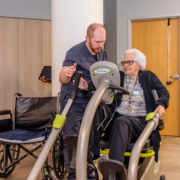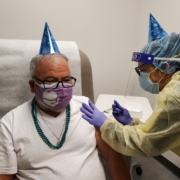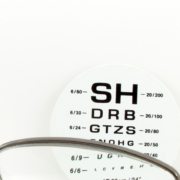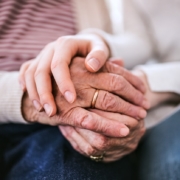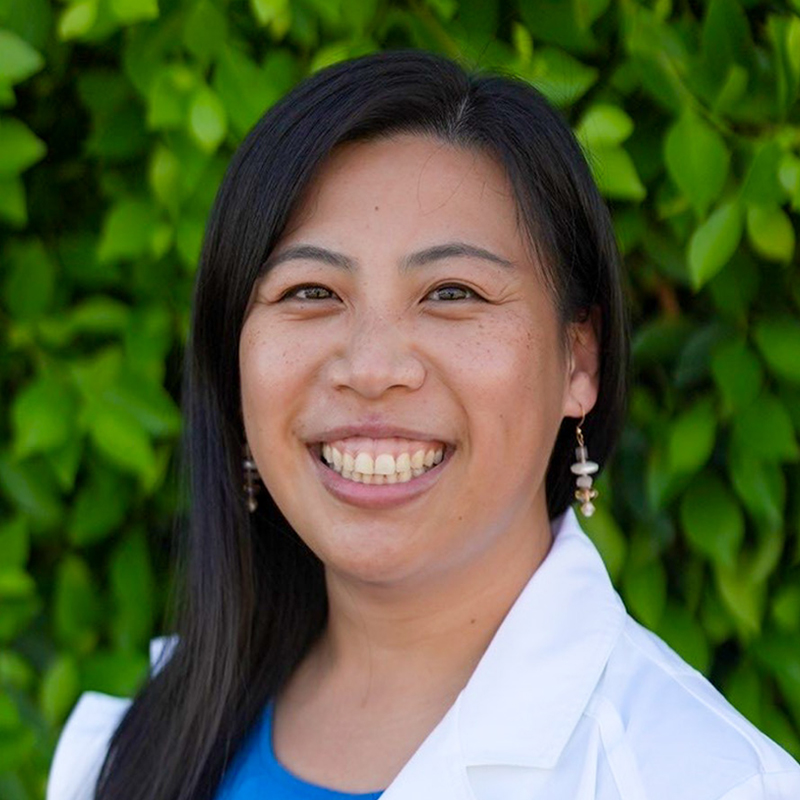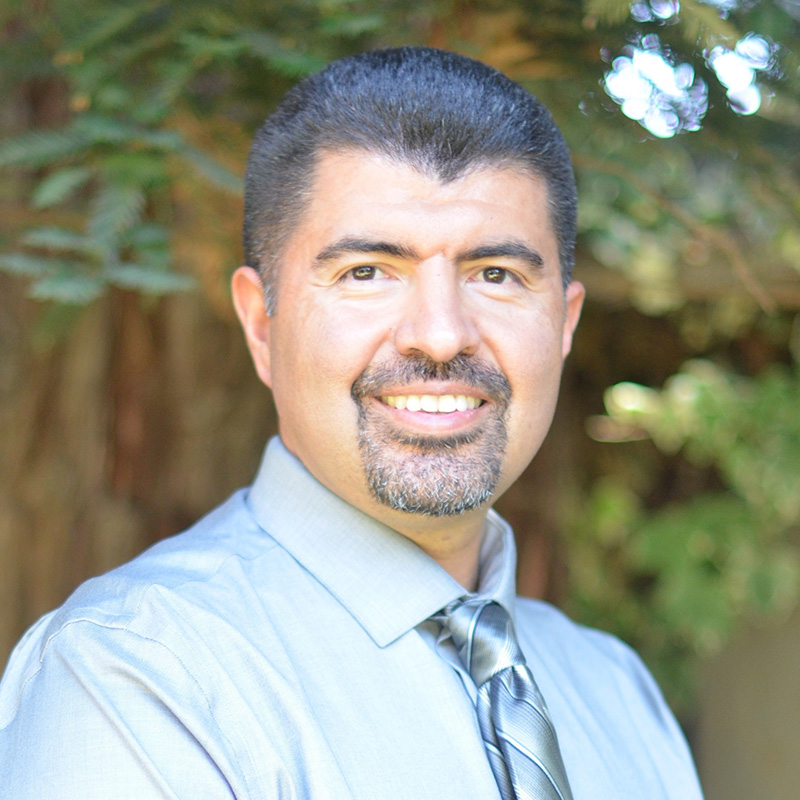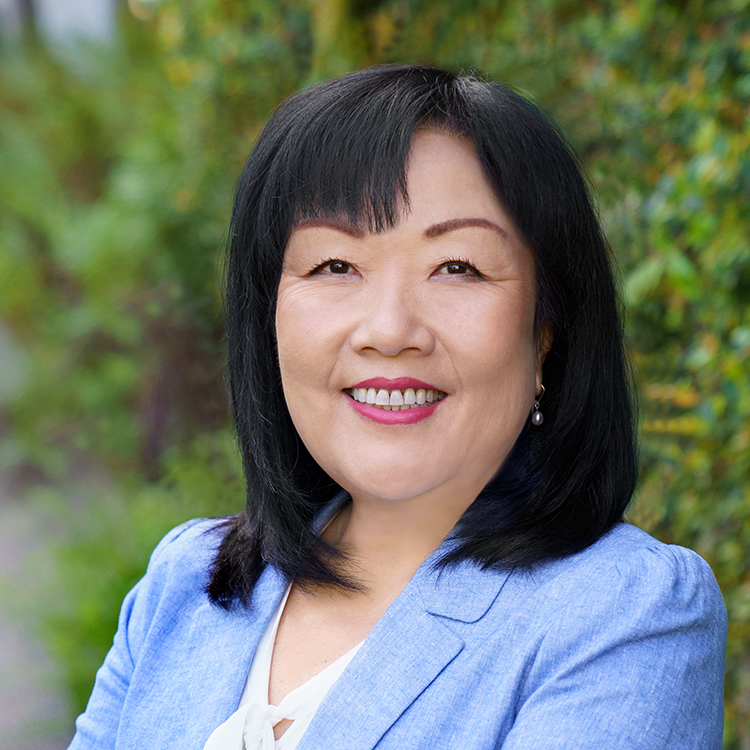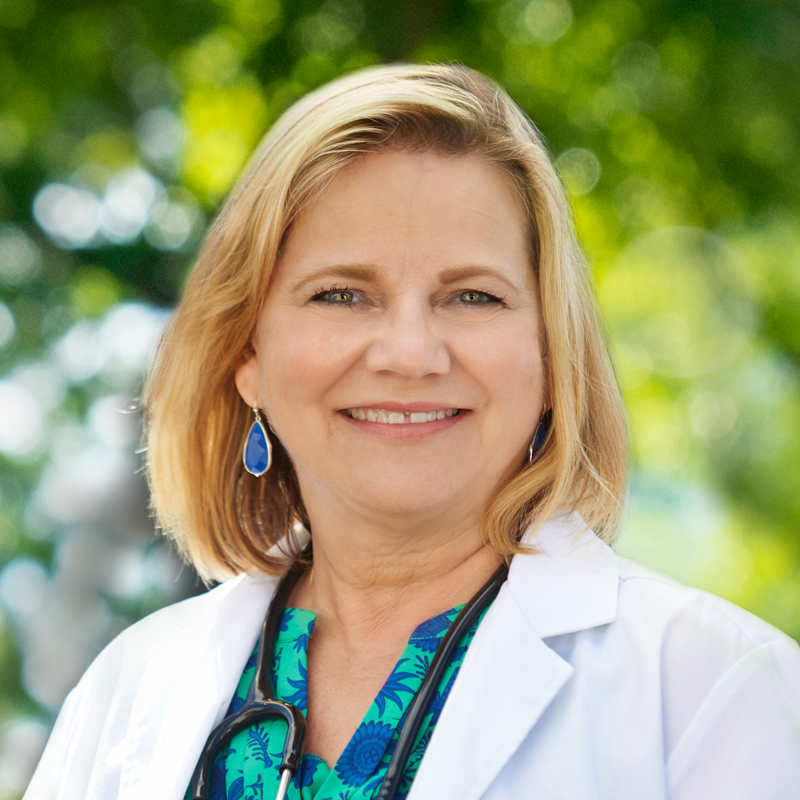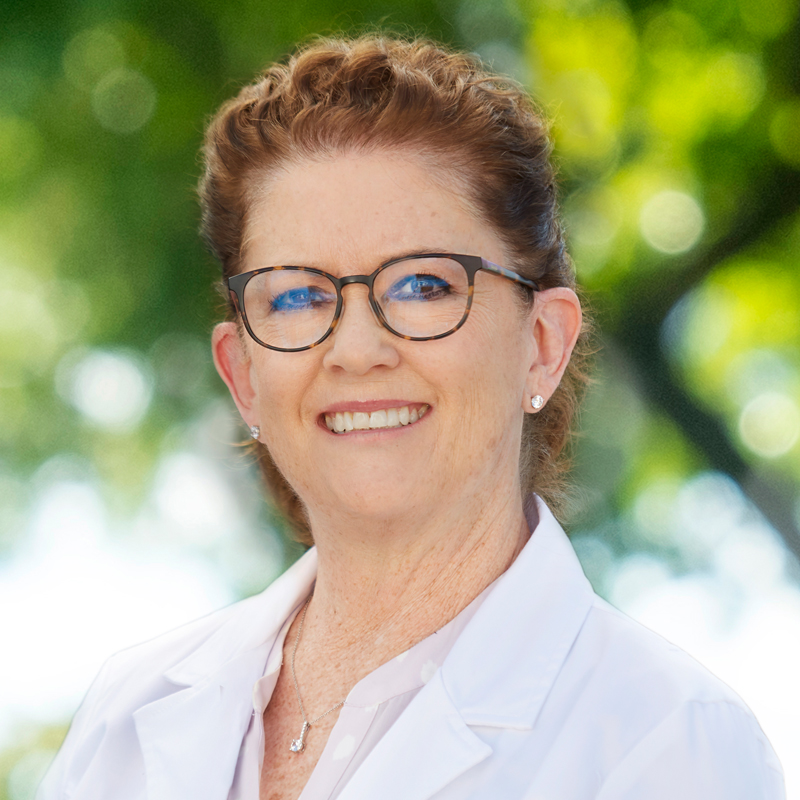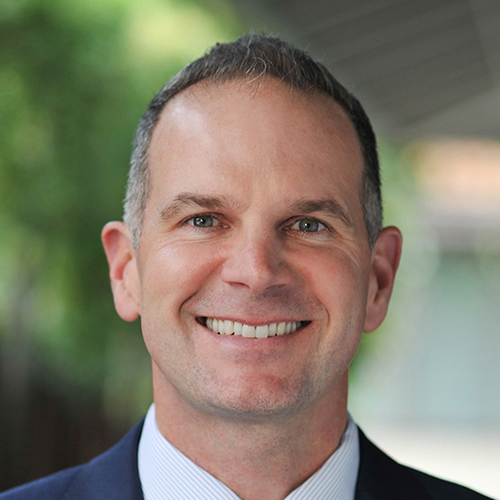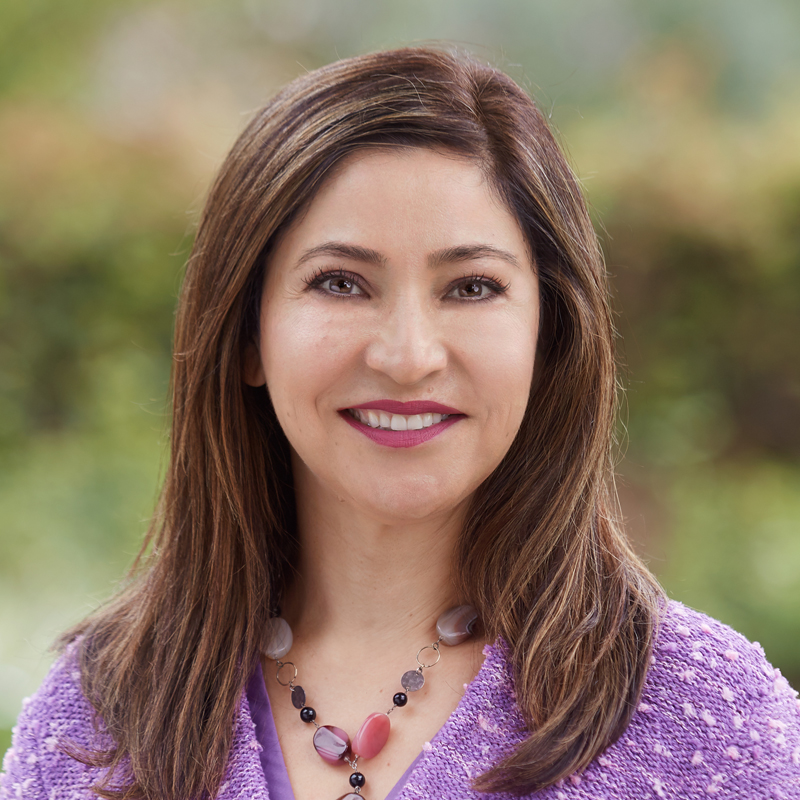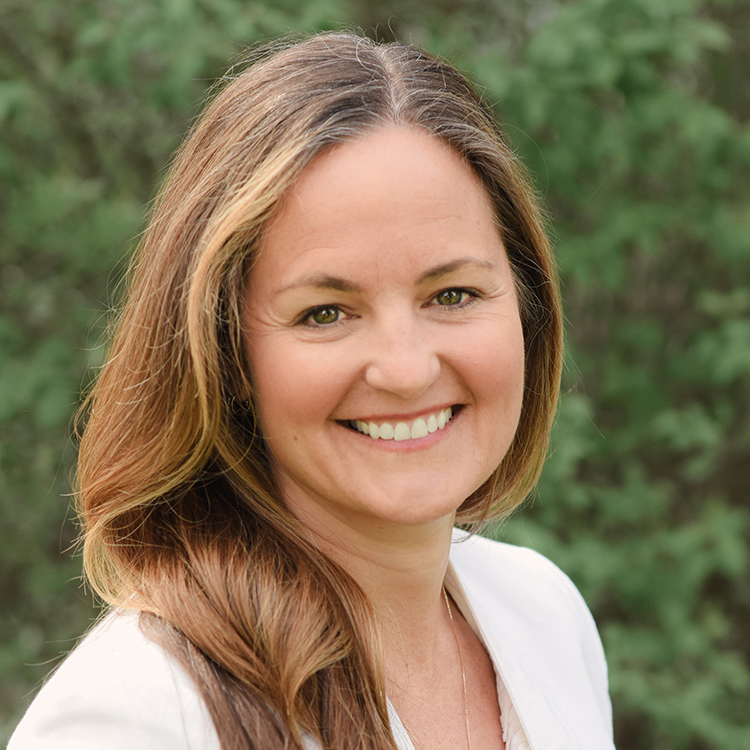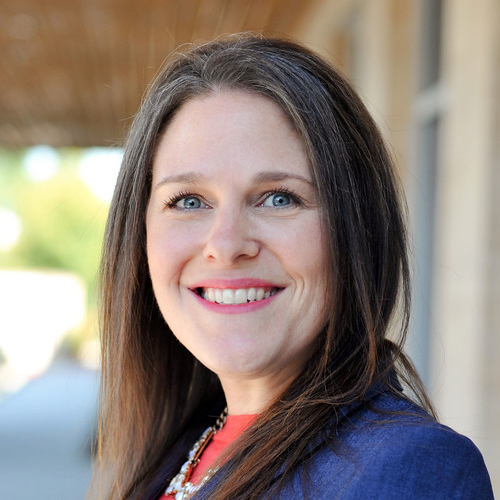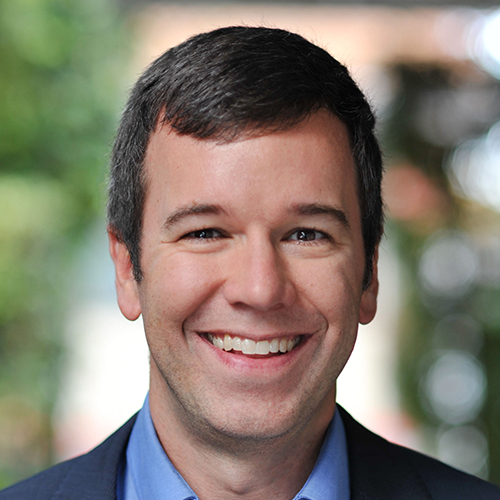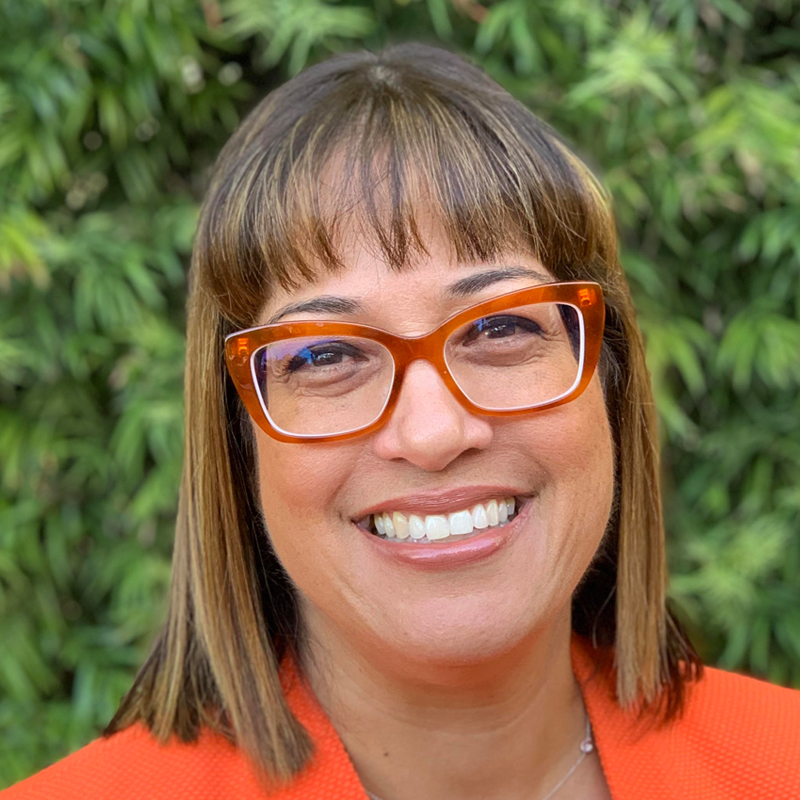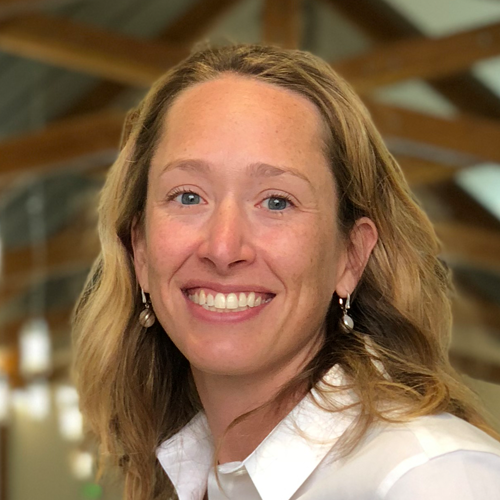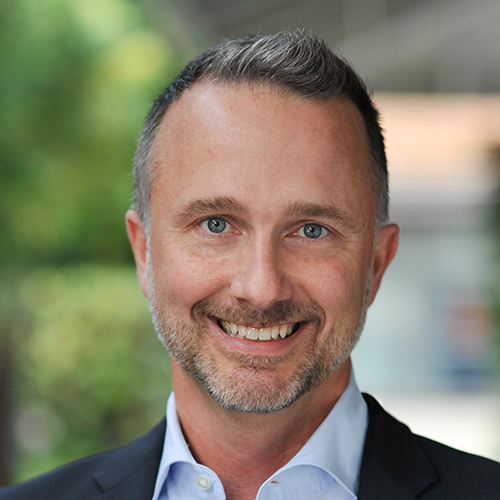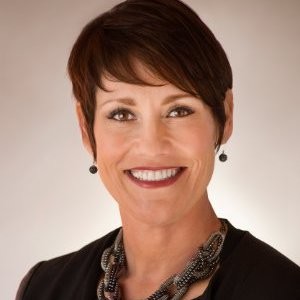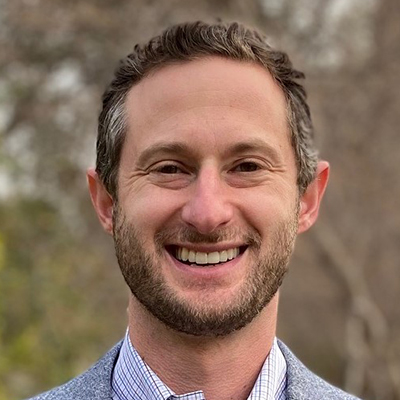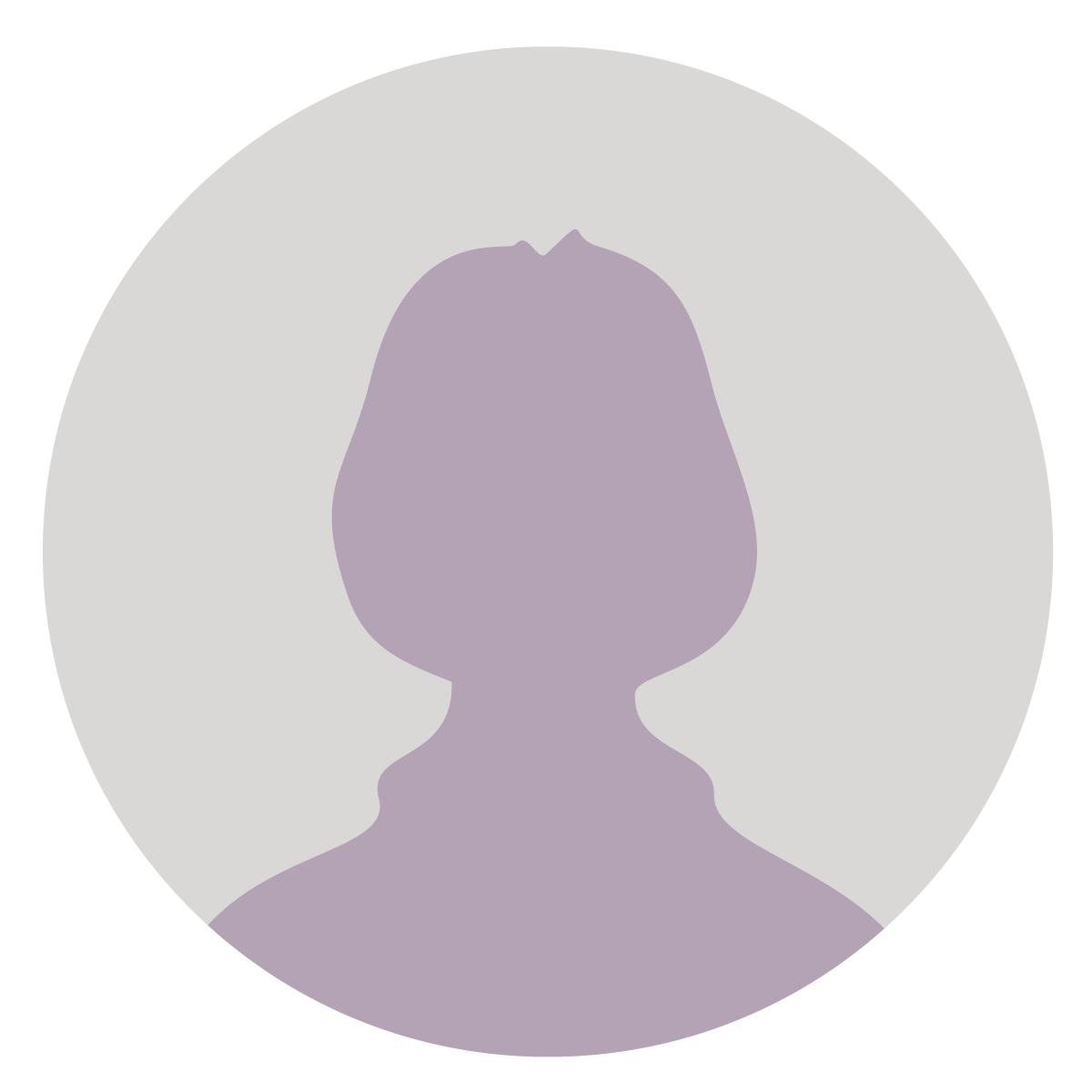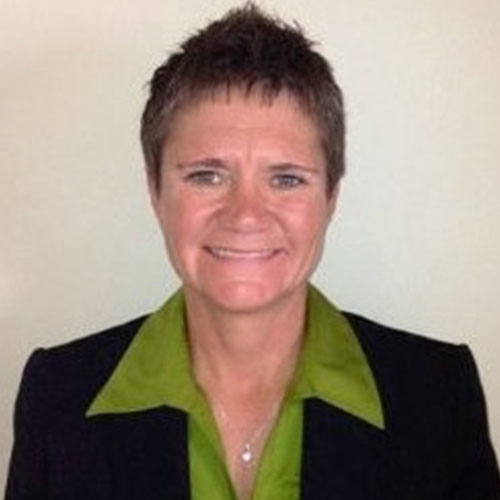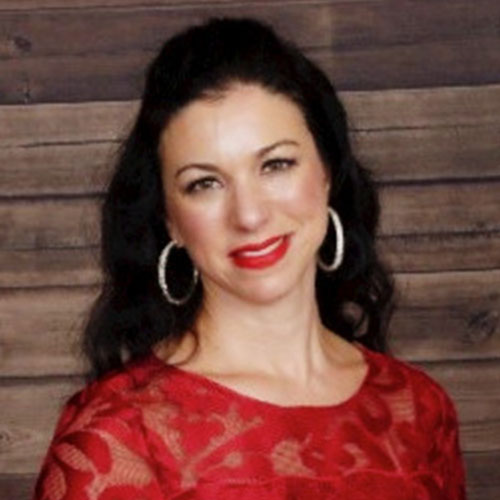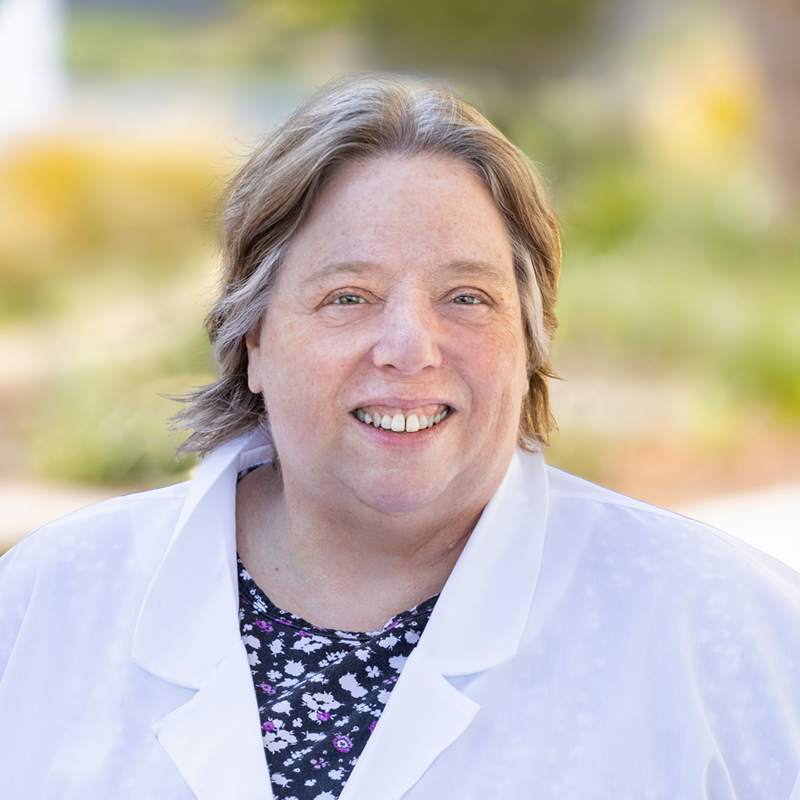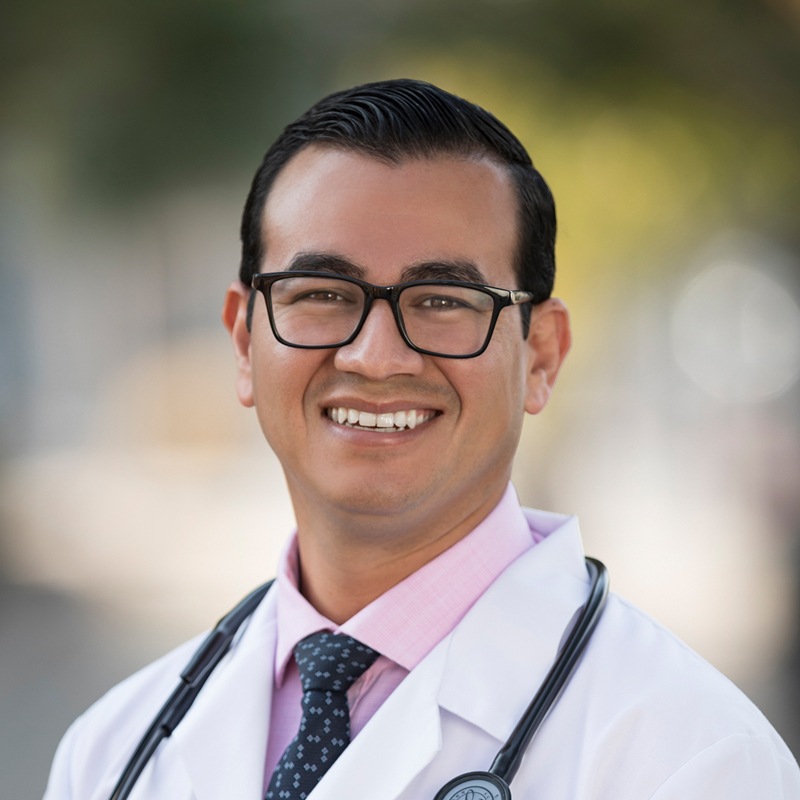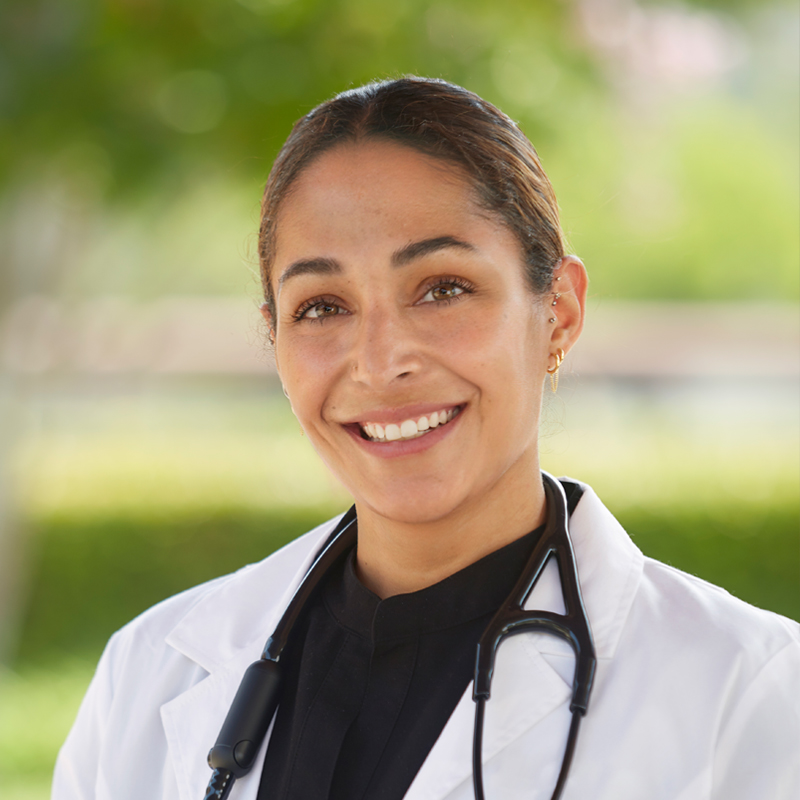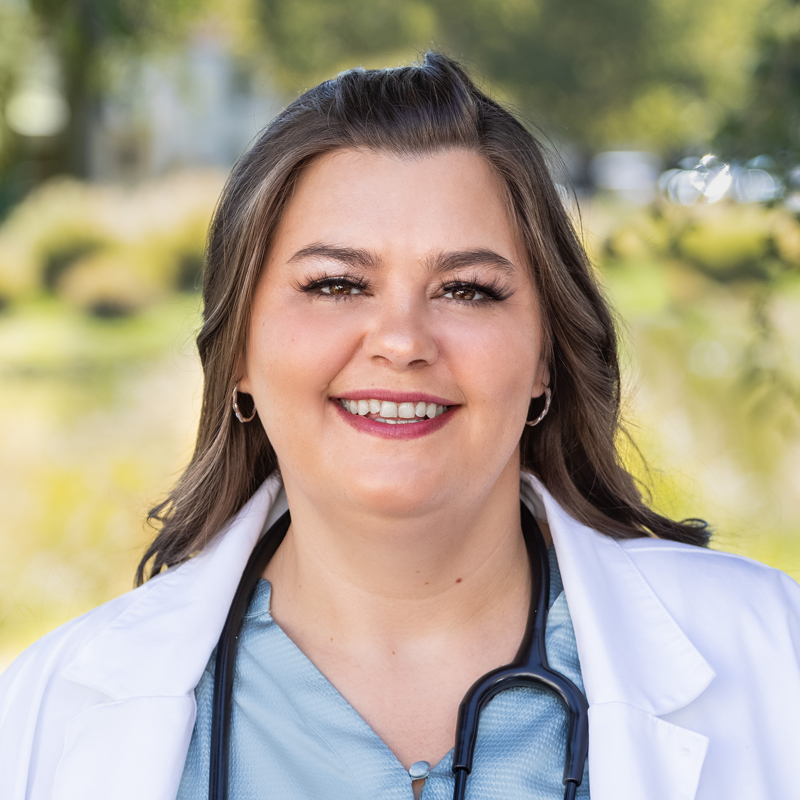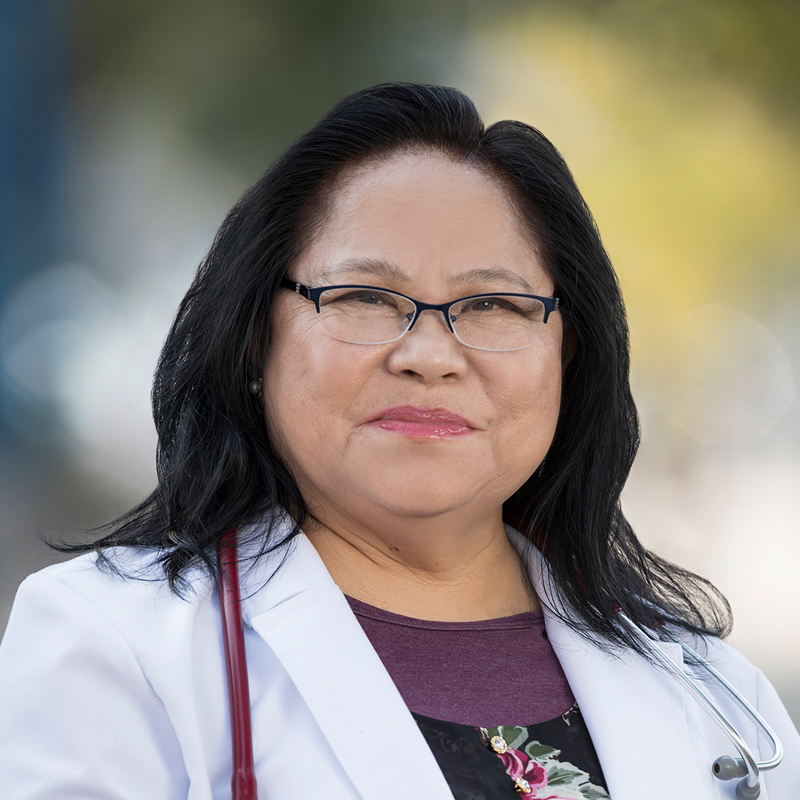Medi-Cal Changes for California Seniors
New and expanded Medi-Cal eligiblity criteria in 2022 will allow more people to access Medi-Cal coverage. Medi-Cal changes for California seniors offer many a new chance to qualify for Medi-Cal. Read on to learn more about these changes, which for some seniors could include becoming eligible for WelbeHealth or other PACE programs in your area.
For more detailed information, see the resources listed at the bottom of the article.
- Expanded Coverage for Undocumented Seniors
Beginning in May 2022, Medi-Cal benefits will be provided to all individuals over the age of 50 who meet financial eligibility requirements, regardless of immigration status. This includes primary, specialty, behavioral health, long-term care, and much more. Those not currently enrolled in restricted scope Medi-Cal will need to apply to find out if they meet eligibility requirements. - Increased Asset Limits
In July of 2022, the asset limit will increase for many Medi-Cal programs from $2,000 to $130,000 for individuals (plus $65,000 for each additional family member). Once this change is in effect, DHCS will send letters to those who were denied Medi-Cal or terminated coverage for being over the asset limit during the 90 days before the effective date of the change.
How this may affect you: If you were previously denied Medi-Cal enrollment due to immigration status or assets, you may want to consider re-applying.
Changes to Medi-Cal Managed Care in 2022 and 2023
The California Advancing and Innovating Medi-Cal (CalAIM) initiative standardizes managed care enrollment and benefits, addresses social determinants of health, and reduces inequities. As part of the CalAIM initiative, some health coverage changes will impact Medi-Cal enrollees across all of California. Other changes only impact certain populations or enrollees in certain counties.
How this may affect you: The way you receive Medi-Cal benefits through your managed care plan may be changing, including the health plan you are enrolled in or the services available through your current Medi-Cal managed care plan.
- Changes for Dual-eligible, Medi-Cal and Medicare Individuals
Starting January 2023, dual-eligible individuals will be required to enroll in a Medi-Cal managed care plan. If you are eligible for both Medicare and Medi-Cal, you will receive enrollment forms to choose the plan you want to enroll in. PACE programs such as WelbeHealth will be listed as an option on these enrollment forms. This is a great time to consider participating in WelbeHealth’s PACE services if you are eligible and live in one of our service areas. - Changes for those with a Medi-Cal share of cost
As part of CalAIM, some Medi-Cal beneficiaries* with a share of cost are moving out of managed care, into fee-for-service Medi-Cal. If you have been on a Medi-Cal plan that has a share of cost, you will automatically be enrolled in fee-for-service Medi-Cal unless you live in a long-term care facility. This change affects those enrolled in both Medi-Cal and Medicare and those enrolled in Medi-Cal only.If you were previously enrolled in a Cal MediConnect plan, you will be disenrolled from Cal MediConnect. You will need to select a new Part D prescription plan to cover prescription drugs.Note that under fee-for-service Medi-Cal, there may be some changes to how transportation is made available to you. DHCS’s Transportation Services web page provides instructions on how you can get transportation under fee-for-service. - Managed Care Enrollment for Certain Populations
Certain population groups who are required to enroll in a Medi-Cal managed care plan are expanding statewide. If you are part of one of these special groups, you would have received two notices in the Fall of 2021. You can make a managed care selection or be added to a state-selected managed care plan. - End of MediConnect Plans in December
As of December 31, 2022, if you are enrolled in a Cal MediConnect plan, you will automatically move to a dual special needs plans operated by the parent organization of your Cal MediConnect plan. If you have questions or would like to select a different health plan (including PACE), contact the Health Consumer Alliance (HCA) at 1-888-804-3536. The HCA can assist Californians who are trying to get or keep their health coverage.
Could you now be eligible for PACE?
WelbeHealth’s PACE provides all-inclusive coordinated care. Visit welbehealth.com for information about our services.
You may have questions about these Medi-Cal changes for California seniors. At WelbeHealth we have experts available to assist you in evaluating whether you qualify for Medi-Cal. Call us at (888) 530-4415, TTY (800) 735-2922 to learn more.
References and Resources:
- “DHCS Frequently Asked Questions for Medi-Cal Transportation Services” https://www.dhcs.ca.gov/services/medi-cal/Pages/Transportation_Beneficiaries_FAQ.aspx
- Justice In Aging Fact Sheet: https://justiceinaging.org/wp-content/uploads/2021/10/Important-Health-Care-Changes-Coming-in-2022-for-Low-Income-Older-Californians.pdf
- Justice in Aging, Free Webinar, “Upcoming Changes to Medi-Cal in 2022” https://vimeo.com/657159550?eType=EmailBlastContent&eId=2631b516-92df-470c-aca3-4d63c7480c2a
*Some changes only affect individuals residing in a CCI county (Los Angeles, San Bernadino, Riverside, Orange County, San Diego, Santa Clara, and San Mateo) or a COHS county (Del Norte, Humboldt, Lake, Lassen, Marin, Mendocino, Merced, Modoc, Monterey, Napa, Orange, San Luis Obispo, San Mateo, Santa Barbara, Santa Cruz, Shasta, Siskiyou, Solano, Sonoma, Trinity, Ventura, and Yolo).




